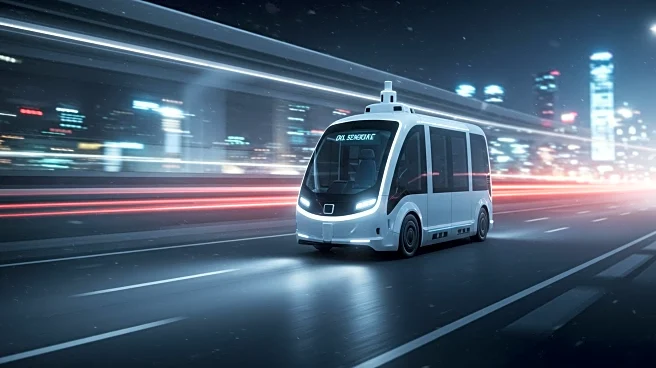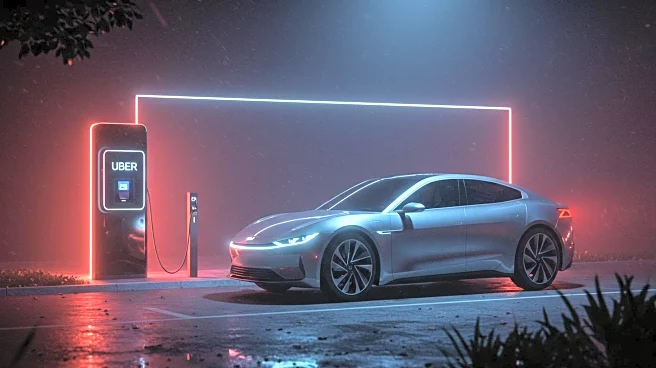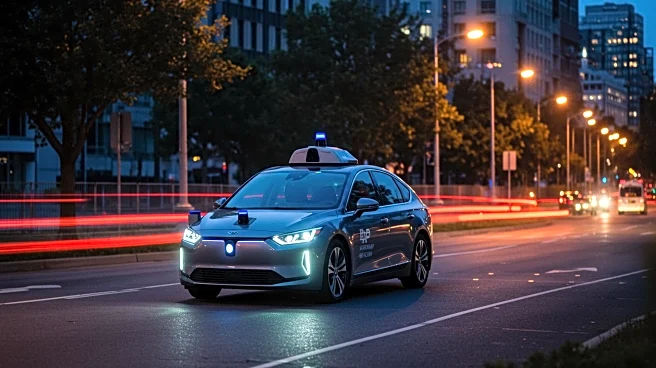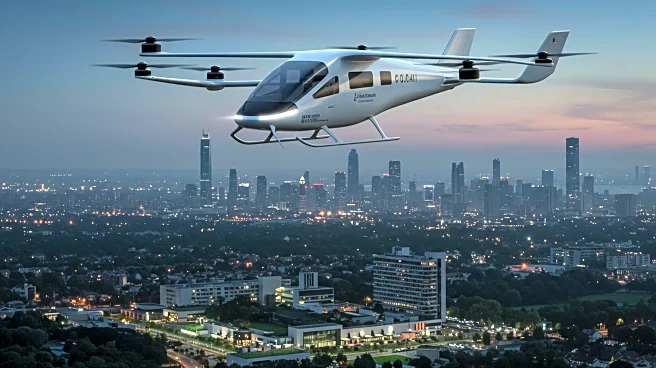What's Happening?
Lyft is advancing its autonomous vehicle strategy by developing large self-driving shuttles, set to be deployed in the U.S. by late 2026. This initiative marks a significant step in the rideshare company's efforts to innovate within the autonomous vehicle space, diverging from competitors like Uber, which focuses on autonomous taxis. Lyft's shuttles, developed in partnership with BENTELER Mobility, will be among the largest autonomous passenger vehicles on American roads, designed to transport multiple passengers efficiently.
Why It's Important?
Lyft's move into autonomous shuttles represents a potential shift in urban transportation, offering a new form of mass transit that could reduce reliance on traditional public transport systems. This development could lead to increased competition in the autonomous vehicle market, influencing how cities plan for future transportation needs. The success of such initiatives could also impact regulatory frameworks and public acceptance of autonomous technology, shaping the future landscape of urban mobility.
What's Next?
As Lyft prepares for the 2026 launch, the company will likely engage with local communities and policymakers to ensure safety and integration into existing transportation networks. The development and testing phases will be crucial in addressing any technological and regulatory challenges. Stakeholders, including city planners and public transit authorities, will be watching closely to assess the impact of these shuttles on urban infrastructure and traffic patterns.











